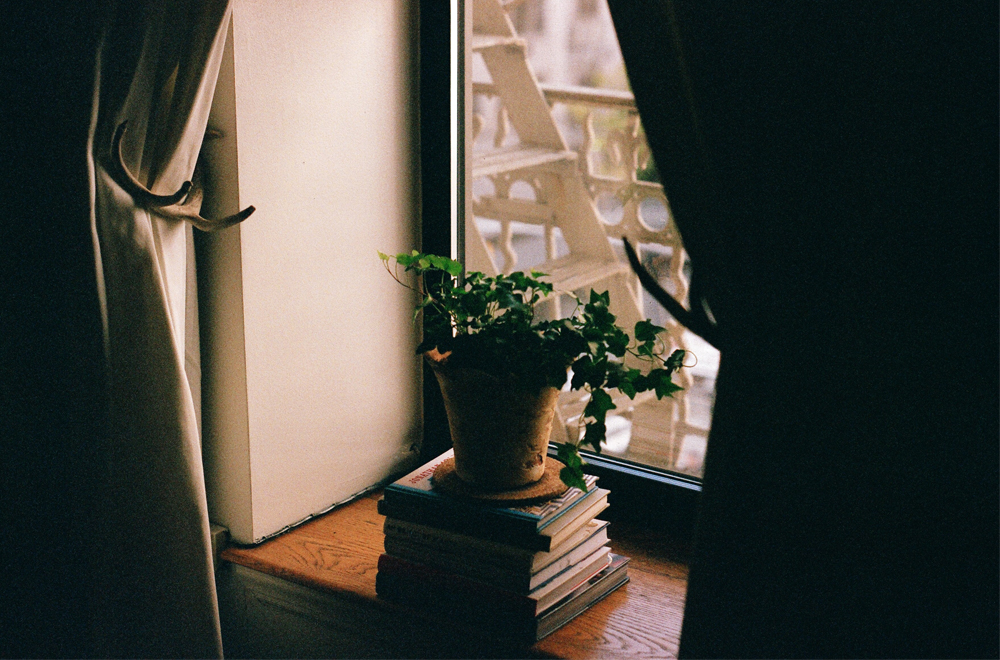It’s no secret that healthy soil is the lifeblood of healthy plants. Whether it be garden plants or indoor houseplants, you want to make sure that the soil is nutrient-rich in order for the plants to thrive. This is especially true when talking about houseplants which use up many of the soil’s nutrients over time. Eventually, the soil becomes hard and depleted, thus limiting the absorption of water and nutrients. At this point, you want to re-pot your houseplants to ensure they stay strong and healthy.
But the big question is, when is the best time to re-pot houseplants? Which container should you use and what type of soil should the container have? We’ll be answering these questions in this article on repotting houseplants.
Signs that indicate your houseplants need repotting
Spring is generally considered the best time to repot houseplants that require more room for spreading their roots. As more daylight comes in and the temperature increases, the houseplants start growing and react instinctively to the changing season. The main goal of repotting is to provide the plant with fresh potting soil that’s nutrient-dense to help support their growth.
Most homeowners get caught up between repotting their houseplants and potting them up. Repotting basically means adding fresh new potting soil into the old container while potting up means moving the houseplant to a larger pot and adding fresh new potting soil afterwards. If the plants are still growing, you may want to repot them in the same container to ensure they grow nice and healthy. If the plants have overgrown their container, then you may consider potting them up to free up root space.
You can tell your houseplants need repotting when you observe these following signs:
- Roots are spreading out of the pot’s drainage hole.
- Roots are thick and overcrowded, thus raising the plants out of the container.
- The plant has stopped growing or is growing at a slower rate.
- The plant has gotten top-heavy and is quite easy to topple over.
- The plant dries up quickly and does not retain water compared to before.
- Visible salt and mineral build-up on the soil.
- Soil is shrinking inside the container.
In general, most houseplants should be repotted every 12 to 18 months (with the exception of cactus and slow-growing succulents).
Choosing the right container for your houseplants
When repotting, you don’t necessarily need to change the container of the houseplant. But, if you’re looking to pot up your houseplant, then you may want to grab the right container to maximise plant growth. Whichever container you choose, just make sure to choose a pot that’s isn’t too much bigger than the previous one. Placing a small houseplant onto a larger pot will make it difficult for the plant to get enough air. Without enough air supply, the roots won’t be able to absorb as many nutrients and water.
When potting up, pick a container that’s no larger than an inch or two from the previous container. You want to make sure the plant has good drainage or else it’ll suffer from overwatering. If you’re potting up a plant because of overcrowded roots, you may want to reduce the amount of watering to again, facilitate enough air supply for optimal plant growth.
What kind of soil should you use when repotting plants
Houseplants thrive best on containers that use potting mix. Potting mix is a soil-less growing mixture that’s designed specifically for houseplants. It’s a fluffy combination of pine bark, peat moss, and other kinds of composite organic material for improved drain management and water retention than regular garden soil. Potting mixes are generally much larger than soil particles to allow for better aeration but are still lightweight to let roots find their way easier.
Garden soil is too dense for container gardening and is something that you want to avoid when repotting your houseplants. The presence of clay or sand creates a barrier that prevents oxygen from reaching the roots, thus inhibiting the plant’s growth. Always use a potting mix when repotting houseplants to optimise plant growth.
Other considerations
Once you’ve repotted or potted up your houseplants, just let them acclimate to their new soil/container. Houseplants tend to experience a period of shock when repotted and it’s normal for them to appear dry and wilted. At best, you should refrain from water the plants for a week to allow roots that have been damaged to heal. During this recovery stage, place the houseplants in a cool, dry place away from direct sunlight and high temperatures.
Before you repot, check the condition of the plant first. If it looks wilted, thirsty, or stressed out, allow the plant to recover first. Doing so will help minimise the stress that plants experience when repotting and will adjust to their new soil/container much faster. Be careful not to repot in extreme weather conditions which can add unnecessary stress to the plants.
Repotting is an important part of maintaining houseplants. It encourages root development, provides essential nutrients for plant growth, and prevents overcrowding. Knowing when to repot your houseplants can go a long way towards keeping your houseplants nice and healthy so make sure to follow these tips for proper repotting/potting up.

